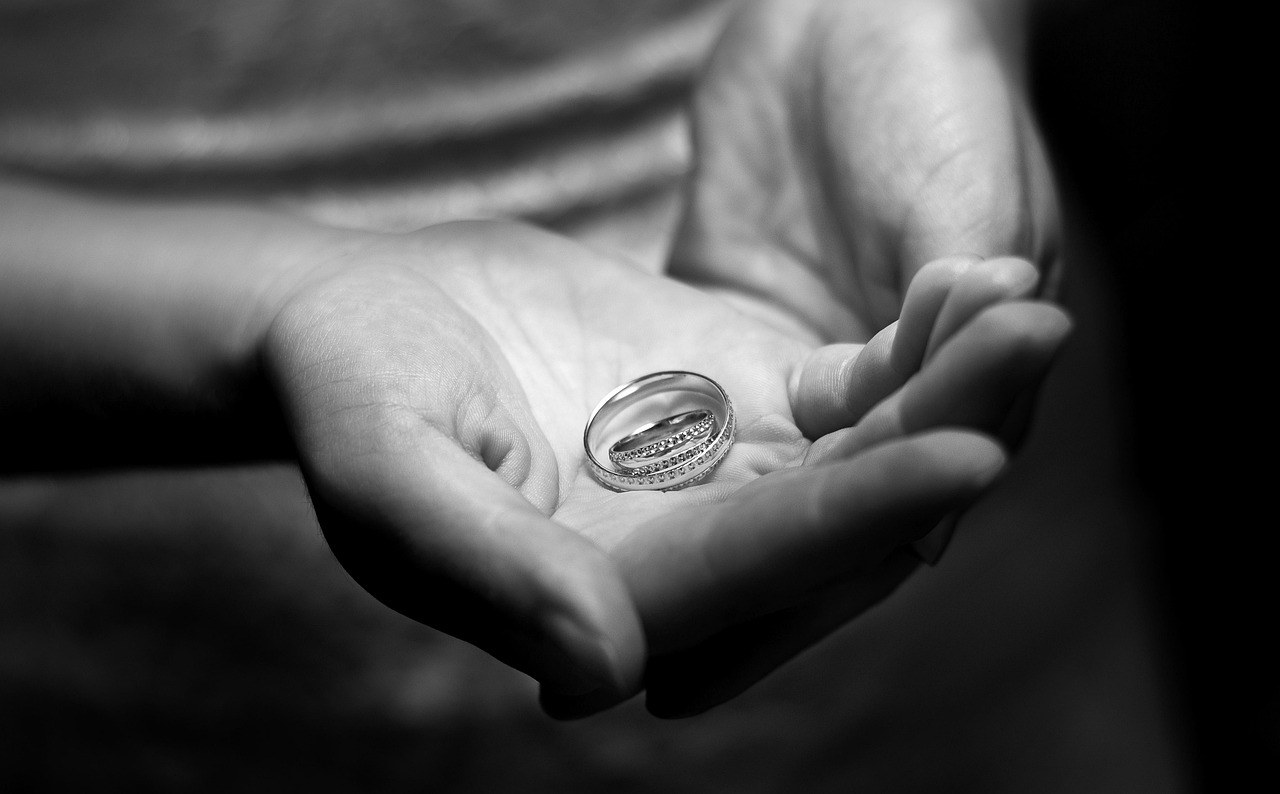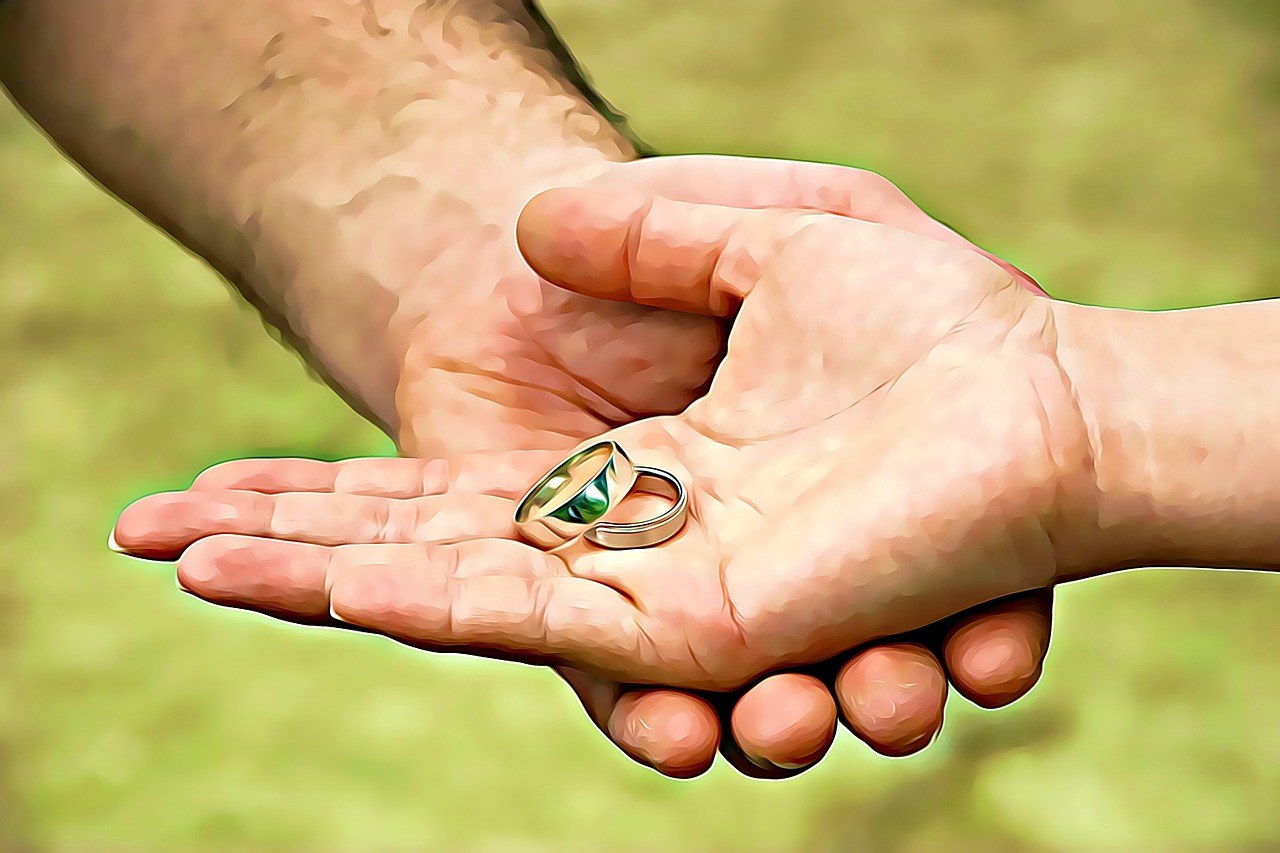There is no stopwatch on love. Some couples move with gentle patience, others sprint toward the next chapter – and both can be right. The real question isn’t how long people should date as a rule, but what tells you that getting engaged is a wise, welcome step for this particular relationship. Social feeds and well-meaning relatives may offer loud opinions, yet commitment is intimate and personal. This guide reframes the pressure around timelines, highlights meaningful signs of readiness, and flags situations where waiting serves you better, so that getting engaged becomes a grounded choice rather than a hurried reaction.
The myth of a universal timeline
Ask a room of friends how long you should date before a proposal and you’ll hear confident answers – often based on their own stories rather than yours. The truth is simpler: there is no fixed schedule that can tell two unique people when getting engaged makes sense. Some partners build their connection slowly across many seasons, while others recognize a rare fit more quickly. Neither pattern is inherently superior. What matters is whether your bond has had enough honest conversations, everyday experiences, and conflict-and-repair cycles to support getting engaged with clear eyes.
Comparison is the thief of contentment. When you stack your relationship against someone else’s highlight reel, you invite impatience. A better approach is to notice what actually happens in your day-to-day: how you solve problems, how you treat each other when tired or stressed, how often you talk about the future. Those realities are better indicators of readiness for getting engaged than any calendar date could ever be.

Modern choices, fewer rules – and more freedom
Part of the pressure around proposals comes from old scripts about who should ask, when to ask, and what an engagement must look like. You don’t owe those scripts your happiness. Partners can decide together how to mark their commitment, who poses the question, and what the ring or ceremony – if any – symbolizes. That freedom lets you define getting engaged in a way that matches your shared values rather than someone else’s traditions.
Because the rules aren’t fixed, the pace isn’t fixed either. Some couples stay happily committed without a formal ceremony. Others design a long engagement because it fits their finances, careers, or family plans. And yes, many people find that roughly one to two years together is when the conversation naturally turns to rings and dates, but even that pattern is merely descriptive, not prescriptive. If you lean on any average, treat it as background context, not a verdict about your own timing for getting engaged.
What an engagement really signals
An engagement is a promise to build a life as a team. It declares that your shared values, daily habits, and conflict skills are resilient enough to carry you through the ordinary and the unexpected. It’s less about the photo and more about whether you can merge calendars, money decisions, and traditions without erasing your individuality. In that light, getting engaged is not a finish line – it is a milestone on a longer road that thrives on curiosity, respect, and flexibility.

Clues you’re ready to move forward
Readiness isn’t a mystical feeling; it shows up in practical ways. If several of the patterns below feel familiar, you may be in a solid place for getting engaged. Use this list as a mirror, not a mandate.
Marriage is a shared topic, not a taboo. You have discussed your hopes, hesitations, and logistics openly – perhaps casually at first and later with more detail. When you bring up getting engaged, the conversation feels collaborative rather than pressured, and both of you can name what a healthy commitment requires.
You picture the future as a team. Decisions about work, home, and family are framed as “we,” not “I.” You notice how your strengths complement each other – who plans, who improvises, who leads in one domain and follows in another – and you like the balance. That sense of partnership is a strong foundation for getting engaged.

Your values and long-term goals align. You’ve clarified views on children, money style, faith or philosophy, boundaries with extended family, and how you prefer to spend time. Perfect agreement isn’t required, but you share the same direction of travel. With that alignment, getting engaged becomes a continuation of a path you’re already walking together.
Kindness extends beyond the relationship. You admire how your partner treats servers, neighbors, colleagues, and your friends – with respect when nothing is at stake. Character in low-stakes moments forecasts character in high-stakes moments, which matters a great deal when getting engaged moves you toward a lifetime of shared decisions.
You’ve practiced joint choices that carry weight. From selecting an apartment to coordinating a trip on a budget, you’ve already made decisions where compromise mattered. You can negotiate without scorekeeping and revisit a plan when new facts appear. That flexibility is a green light for getting engaged.
Conflicts resolve without cruelty. Disagreements happen – that’s normal and even healthy. The readiness test is whether you avoid insults, stonewalling, or revenge, and whether repair follows rupture. Couples who de-escalate, apologize, and change behavior show the resilience that supports getting engaged.
Married life looks appealing and real, not just cinematic. You’ve talked about chores, weekends, holidays, and how to handle stress. You can imagine ordinary Tuesdays together, not only grand milestones. Seeing the daily picture clearly is a sign that getting engaged is grounded in reality rather than fantasy.
You’re open to structured conversations before the vow. Whether you call it premarital counseling or simply a series of guided talks, you’re willing to explore communication patterns, money habits, and expectations. Openness to preparation signals seriousness about making getting engaged a thoughtful step.
When patience is the wiser choice
Healthy restraint can protect a good relationship from premature pressure. If several points below ring true, consider slowing down before getting engaged. You won’t lose momentum by choosing clarity – you’ll gain confidence.
Your shared history is still very short. A few thrilling months can feel like a lifetime, but early chemistry can hide blind spots. Many couples benefit from a full cycle of seasons – with birthdays, family events, and stressful weeks – before getting engaged, so that affection is backed by knowledge.
Intensity overwhelms steadiness. If passion is the main driver and the relationship swings between euphoria and arguments, the emotional climate may be too stormy for a durable decision. Stabilizing the day-to-day rhythm first helps ensure that getting engaged isn’t a reaction to a high point.
Key people remain a mystery. You haven’t met important friends or family, or your partner hasn’t met yours. Seeing each other in community reveals habits, loyalties, and histories that matter. Until those worlds overlap, getting engaged could be based on a partial picture.
Your understanding of their values is incomplete. If you don’t yet know what they believe about milestones, money, or responsibility, more conversations are needed. Clarity now prevents future friction – and it keeps getting engaged from creating commitments you wouldn’t have chosen with fuller information.
The rest of their life is blurry. You know how they are with you, but the texture of their work, friendships, and routines is vague. Marriage weaves together whole lives, not just date nights. When you can describe that broader tapestry with confidence, getting engaged is less of a guess.
The idea of marriage outshines the person you love. If you’re dreaming about announcements, rings, and photos more than everyday companionship, pause. The symbol is lovely, but the substance is the relationship. Choose getting engaged for the partnership, not the optics.
Arguments turn sharp or mean. If conflicts regularly involve contempt, threats, or withdrawal, prioritize healing patterns before any proposal. Learning to disagree safely is part of the work that makes getting engaged a celebration rather than a Band-Aid.
You’ve never had a real disagreement. Harmony can be a sign of compatibility – or of avoiding hard topics. If you haven’t navigated at least one tense moment and found your way back to closeness, consider that essential practice before getting engaged.
You don’t know where your partner stands. Proposals should rarely be a total surprise in content, only in timing. If you’re unsure whether they want to marry you – or when – keep talking. Shared enthusiasm is the difference between getting engaged and creating pressure.
Your pace, your reasons
One couple might choose an intimate promise months after meeting because their circumstances and conversations make the step feel steady. Another might happily wait years while they finish school, stabilize careers, or care for family. Both couples can be deeply in love. What separates a wise decision from a hurried one is not the date on a calendar but the depth of mutual understanding that sits beneath getting engaged.
It also helps to name your motivations. Are you drawn to getting engaged because you want to celebrate a partnership that already functions like a team? Or are you trying to soothe anxiety, meet an arbitrary age goal, or quiet outside voices? The former is a solid reason; the latter signals a need to slow down and center the relationship again. When you can articulate reasons that would still make sense a year from now, getting engaged begins to feel like alignment, not escape.
How to explore readiness together
Start with curiosity. Ask open questions: “What would a great partnership look like day to day?” “How do we want to make decisions?” You’re not interrogating; you’re inviting. These conversations gently test whether getting engaged has a foundation of shared vision.
Map your logistics. Where would you live? How would you coordinate work hours, holidays, and travel? How might you handle savings, debt, or supporting relatives? Logistics aren’t romantic, but comfort navigating them is a strong sign that getting engaged won’t be derailed by practical surprises.
Notice repair after friction. Pay attention to what happens after a misunderstanding. Do you apologize, forgive, and adapt – or keep score? A reliable repair loop makes getting engaged safer because it shows you can protect the bond when feelings run high.
Share private histories at a humane pace. Narratives about past relationships, family patterns, and personal growth help you understand triggers and strengths. When both partners can tell and receive those stories respectfully, getting engaged is less likely to expose unspoken land mines.
If you choose to wait
Waiting doesn’t mean drifting. You can use that time to deepen trust, visit each other’s worlds, and practice the skills that make a home together feel welcoming. Pick a few areas that would make getting engaged feel even better later – maybe completing a demanding project, saving for a move, or refining communication around money – and work on them side by side. Progress toward those goals brings its own sense of commitment, and the eventual proposal will feel like the natural next step rather than a solution to an unresolved problem.
If you decide it’s time
When your conversations, values, and experiences point in the same direction, you can plan a proposal that reflects your story. Some couples prefer a quiet moment that feels sacred; others invite loved ones into the celebration. There is no single right script. The key is that both of you already understand what you’re saying yes to. That shared clarity is what makes getting engaged a joyful promise instead of a leap into the unknown.
Reframing the pressure of “milestones”
It’s common to feel as if life comes with checkpoints – graduate by this age, achieve that title, move here, marry by then. Those timelines can be helpful as loose guides, but they become unhelpful when they overshadow what’s real between two people. You can honor your ambitions while rejecting the idea that love must keep pace with anyone else’s schedule. When you release the scoreboard, getting engaged returns to its rightful place: an intentional choice rooted in the relationship you are building, not the performance you are staging.
How long is “long enough”?
“Long enough” is however much time it takes to see each other clearly in ordinary life, in conflict and in celebration, in private and among your people. For some, that clarity arrives quickly; for others, it requires more shared context. Even the oft-cited one-to-two-year pattern is best treated as a soft center, not a rule – a window that many couples happen to land in after they’ve gathered the experiences that matter. If your relationship reaches that level of understanding sooner or later than the average, you’re not behind or ahead; you’re simply honoring your pace for getting engaged.
Choosing your moment
When it’s right, you will likely feel calm rather than frantic. You’ll notice that life together already has the contours of partnership – shared decisions, mutual care, and the freedom to be yourselves. You’ll find that the idea of a future together makes you more curious about growth, not anxious about obligation. And crucially, you’ll know that your partner is on the same page. In that alignment, getting engaged becomes a natural expression of what you are already living.
A closing invitation
You don’t need permission to follow an unconventional path, nor do you need to race toward a conventional one. Let the relationship instruct you. If talk of rings feels premature, protect what is good and keep learning. If a proposal feels like an honest extension of what you’ve built, honor that. Either way, center kindness, clarity, and mutual choice – and let getting engaged be the moment that reflects who you are together, not the moment you think you’re supposed to have.